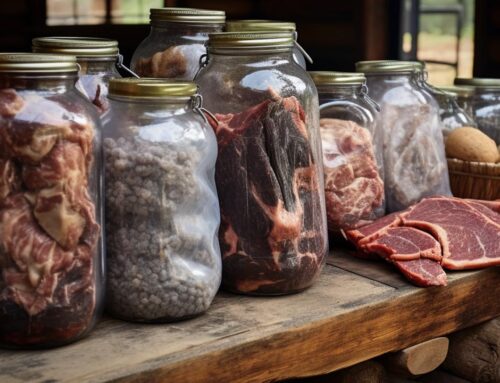Foraging, the ancient practice of gathering wild food from natural environments, has seen a resurgence in recent years. As people become more interested in sustainable living, local diets, and reconnecting with nature, foraging offers a way to achieve all these goals. This article delves deep into the world of foraging, offering practical tips for beginners and seasoned foragers alike. By the end of this piece, readers will have a comprehensive understanding of the do’s and don’ts of foraging, the benefits of wild food, and the importance of ethical and sustainable practices. Whether you’re a culinary enthusiast looking to expand your palate or an outdoor lover keen on a new adventure, this guide will equip you with the knowledge to forage safely and responsibly.
Practical Tips for Foraging Food
Table of Contents
- Understanding the Basics of Foraging
- Safety First: Identifying Edible from Poisonous
- Ethical Foraging: Leave No Trace
- Best Tools and Equipment for Foraging
- Popular Edible Plants and Their Uses
- Frequently Asked Questions
- Final Thoughts
- Sources
Understanding the Basics of Foraging
Foraging is more than just picking up wild plants; it’s about understanding the ecosystem, recognizing seasonal patterns, and respecting nature. It’s essential to start slow, perhaps by joining a local foraging group or hiring an expert guide. This way, you can learn firsthand from experienced foragers and avoid common pitfalls.
Safety First: Identifying Edible from Poisonous
One of the most crucial aspects of foraging is ensuring that what you’re consuming is safe. Many edible plants have poisonous look-alikes. For instance, the wild carrot is edible, but it closely resembles the toxic water hemlock. Always cross-reference with multiple reliable sources and when in doubt, avoid consumption. According to a study by the Journal of Ethnobiology, over 60% of foraging-related poisonings are due to misidentification.
Ethical Foraging: Leave No Trace
Ethical foraging ensures that we don’t deplete natural resources. Always follow the “one in five” rule: for every five plants you see, take only one. This ensures that plants can continue to reproduce and support the ecosystem. Moreover, avoid foraging in protected areas or during breeding seasons.
Best Tools and Equipment for Foraging
While foraging doesn’t require much equipment, a few tools can make the process more efficient:
- Field Guide: A comprehensive guide with colored photographs can help in plant identification.
- Knife: Useful for cutting plants without damaging them.
- Baskets: Allows foraged items to breathe, ensuring they remain fresh.
- Gloves: Protects hands from thorns and irritants.
Popular Edible Plants and Their Uses
There’s a plethora of edible plants out there, each with its unique flavor and use:
- Nettles: Rich in iron and can be used in soups.
- Dandelion: Both the leaves and roots are edible. They can be used in salads or as a coffee substitute.
- Wild Garlic: Adds a mild garlic flavor to dishes.
Frequently Asked Questions
Final Thoughts
Foraging is not just a means to procure food; it’s a journey of connecting with nature, understanding our environment, and appreciating the bounty it offers. The most crucial takeaway is the importance of safety and ethics. Always prioritize identifying plants accurately and forage responsibly to ensure that future generations can enjoy the same experience.
Sources
- Journal of Ethnobiology – Foraging Safety
- National Foraging Association – Ethical Guidelines
- Edible Wild Plants Guide







Leave A Comment